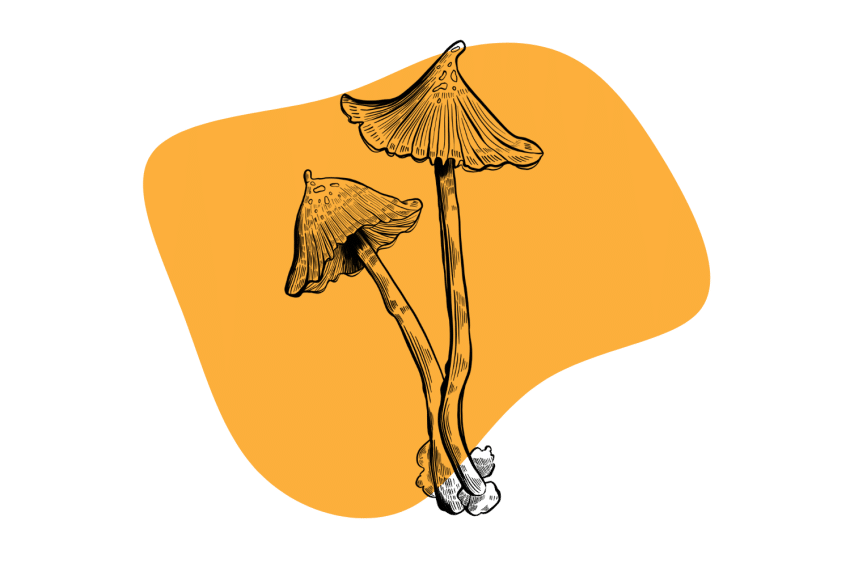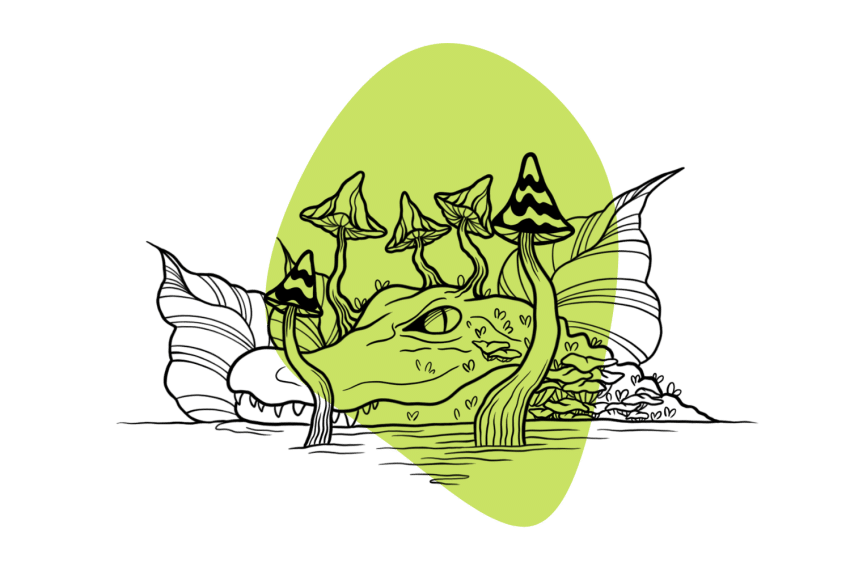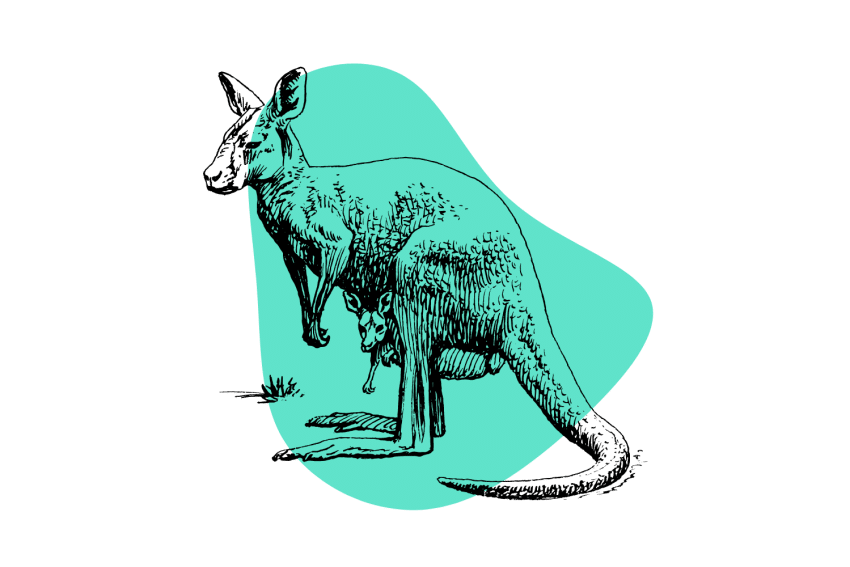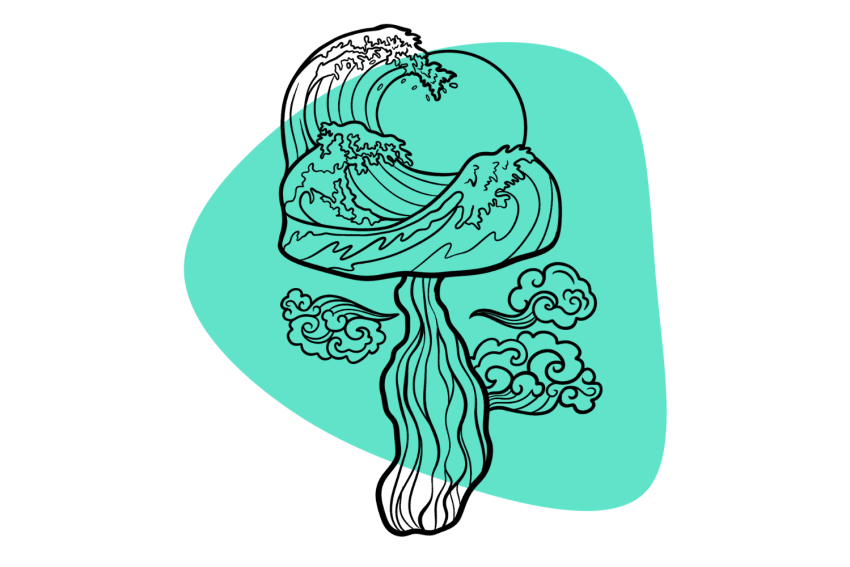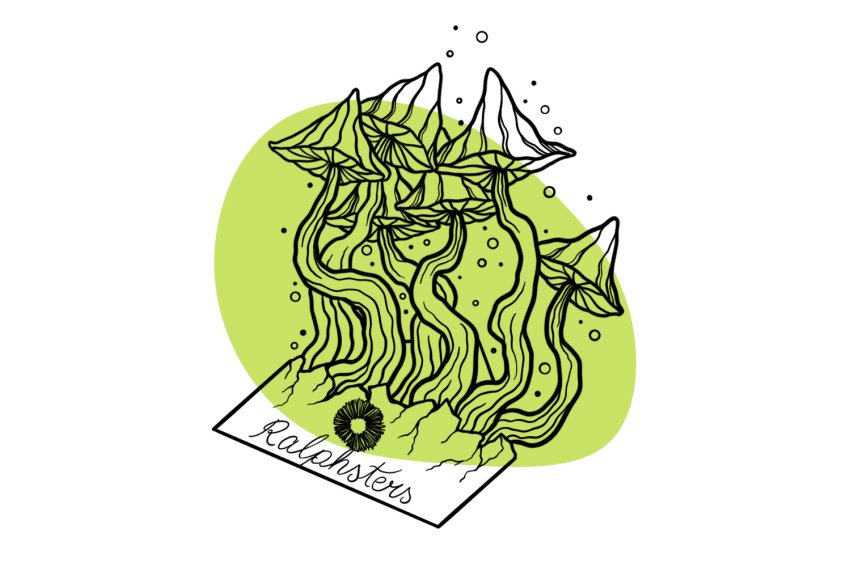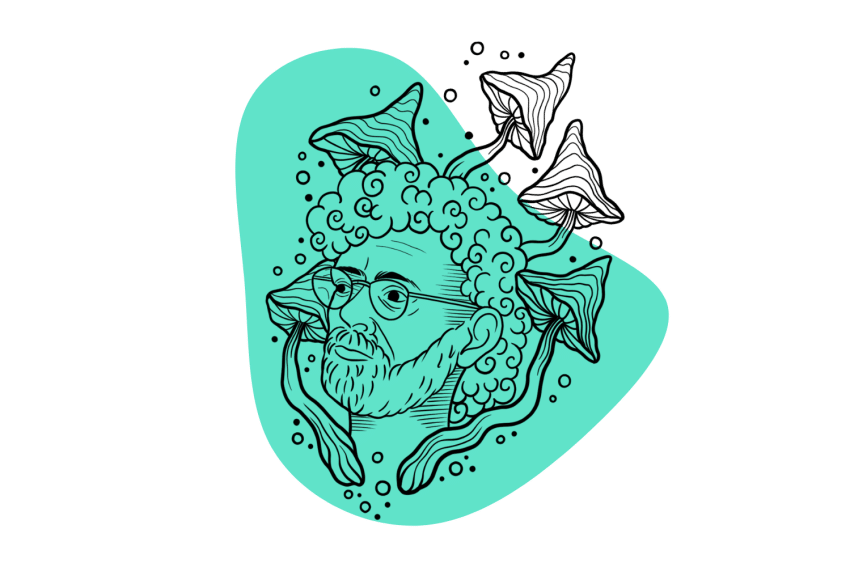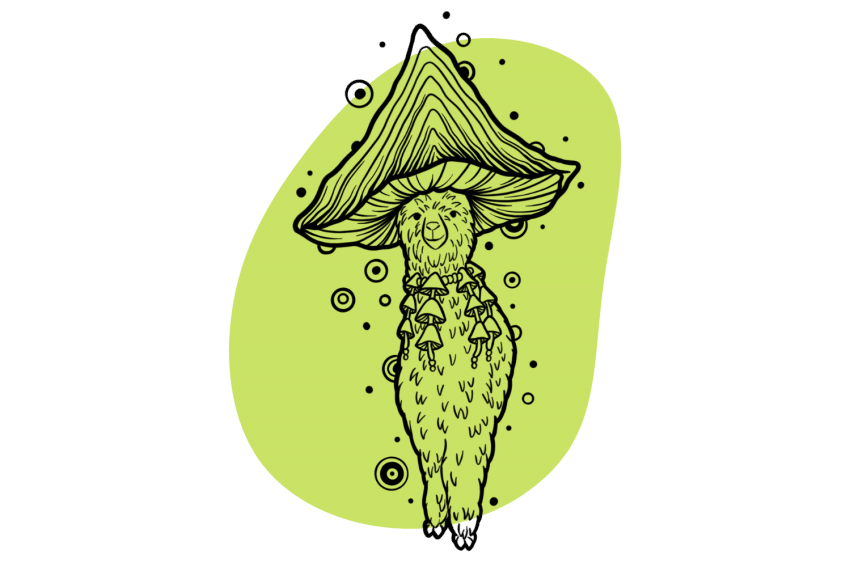Sacred Fungi of Mexico: The Palenque Mexico Strain
The Palenque Mexico magic mushroom strain can be difficult to cultivate, but those willing to take on the challenge will be rewarded with beautiful, tall, potent mushrooms.
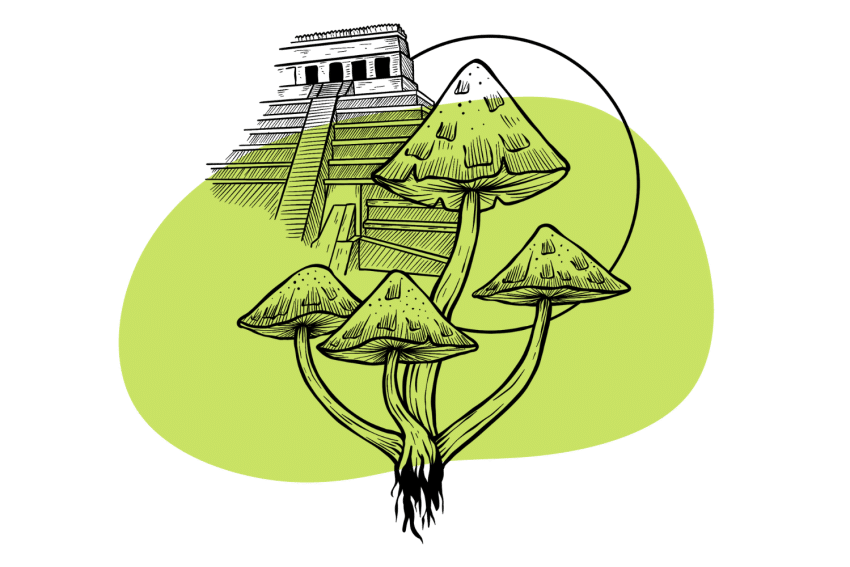
The Palenque Mexico strain is a potent variety of Psilocybe cubensis that was discovered outside of the town of Palenque in southern Mexico (hence the name).
This strain is noted for producing tall, slender fruiting bodies with above-average potency. They have triangular-shaped, conical, caramel-colored caps that become darker towards the center.
Palenque can be difficult to cultivate, but those with a bit of experience growing psychedelic and gourmet mushrooms shouldn’t have too many issues. If an optimum growing environment is created, several dense flushes of potent shrooms can be produced before the colony eventually succumbs to mold.
Palenque Mexico mushrooms are famous for being prolific sporulators. Large quantities of spores can be collected from the mushrooms by harvesting them as they mature before the veil breaks. The veil can then be severed, and the spores collected accurately with ease.
If you’re looking for an exotic Mexican cubensis strain that’s a little different from the norm, check out Palenque Mexico.
In this article, we’ll be assessing the Palenque Mexico strain by looking at the following:
- The history of the Palenque Mexico strain
- The Palenque Mexico strain’s potency
- Where to buy Palenque Mexico genetics
- How to grow Palenque Mexico mushrooms
- Some other Mexican Psilocybe cubensis Strains
I’ll also be answering a few frequently asked questions about Psilocybe cubensis and other psychedelic mushrooms from Mexico.
Palenque Mexico Strain Specs:
| Potency | Above Average |
| Cultivation | Intermediate |
| Species | Psilocybe cubensis |
| Substrate Recommendation | Rye Grain or Manure |
| Sold By | Spores 101 (🇺🇸/🇨🇦), Sporeslab (🇨🇦), Miracle Farms (🇺🇸/🇨🇦), The Magic Mushrooms Shop (🇪🇺) |
History of the Palenque Mexico Strain
There are hundreds of Psilocybe cubensis strains, many of which have been discovered in Mexico. The first sample of the Palenque Mexico strain was discovered growing near the town of Palenque in southern Mexico.
Palenque is also known as “Lakamha” in the ancient Itza language — the area has been inhabited for thousands of years. The Mayan people that once lived there likely consumed Psilocybe cubensis and other psilocybin-producing mushrooms for religious purposes.
We don’t know exactly when the Palenque Mexico strain was discovered. However, spore samples have been circulating the market since the early 2000s.
Now, Palenque Mexico spore samples are available to purchase from a variety of reliable spore vendors across the globe.
Palenque Mexico Strain Potency & Psilocybin Content
The Palenque Mexico strain is considered to have above-average potency. These mushrooms produce tryptamine levels of between 0.90% and 1.80% — this puts them on par with strains such as Malabar India, some Penis Envy variants, and the Mexican Albino strain.
The main tryptamines of interest are psilocybin, psilocin, and baeocystin — but there are others that contribute to the overall effects of the shroom as well.
Interestingly, this strain is regarded as potent when fresh. However, dried mushrooms seem to lose potency rapidly through storage. These mushrooms are best consumed fresh or within six months after drying if you want to experience the “true” potency of the strain.
A Palenque Mexico sample is yet to be submitted into a Psilocybin Cup. However, several other similar Mexican strains have. Strains such as Mazatapec and Xico Mexico have produced psilocybin levels as high as 1.00% and as low as 0.60%.
Fresh or recently dried Palenque Mexico mushrooms produce effects that include immersive thought processes, intense euphoria, bodily vibrations, and synesthesia. Synesthesia is the blending of senses — this effect can be noted as “hearing colors, seeing sounds, or feeling tastes.”
These effects are noticeably less intense in mushrooms that have been dried and stored for a few months or more.
Where to Buy Palenque Mexico Strain Spores
Palenque Mexico mushroom spores are relatively easy to find. They’re available to purchase from online spore vendors based in the United States, Canada, and the United Kingdom (with shipping to mainland Europe).
Here’s where you can buy Palenque Mexico strain genetics in your area:
- If you live in the United States — Spores 101, Miracle Farms, High Desert Spores
- If you live in Canada — Spores 101, Sporeslab, Planet Spores
- If you live in Europe — The Magic Mushrooms Shop (🇪🇺), Shiny Spores (🇬🇧)
→ View all spore vendors & grow kit suppliers
How to Grow Palenque Mexico Mushrooms
Palenque Mexico mushrooms are a little more difficult to cultivate than other strains of Psilocybe cubensis, despite what some spore vendors will have you believe. This strain is an aggressive colonizer, but they are highly susceptible to green mold, which can be a huge problem if extra care isn’t taken to keep the growing environment sterile.
I wouldn’t recommend this strain to the absolute beginner. However, if you’re relatively experienced with mushroom cultivation and are able to create a stable and sterile environment during inoculation, incubation, and fruiting, the Palenque Mexico strain can be rewarding.
If you’re a beginner that’s looking for an easy way to cultivate psilocybin mushrooms, why not have a look at a magic mushroom grow kits. These kits contain live mycelium that’s ready to fruit — making shroom cultivation as easy as ordering a package, unwrapping it, and waiting until harvest.
The easiest way to cultivate these mushrooms from spores is through the use of the PF-Tek cultivation method. This growing technique involves the inoculation of substrate-filled jars with Palenque Mexico spores, the incubation of these jars, and the eventual fruiting of the resulting mycelium cakes.
Here’s a quick rundown of PF-Tek if you’re not familiar with it:
- Substrate Preparation — To begin, prepare and sterilize the growing medium for the Palenque Mexico strain. Fill mason jars with your chosen substrate; rye grain or pasteurized manure is ideal for this strain. Place the jars in a pressure cooker with loosely closed lids and sterilize the substrate for 30 minutes. Afterward, allow the jars to cool for a couple of hours.
- Inoculating the Substrate — Now that the substrate-filled jars are sterilized, ensure the complete sterilization of everything — including your surroundings — using isopropyl alcohol. Inject 2 CCs of the spore-filled liquid into the substrate using a syringe. Seal the jars and cover them with foil.
- Incubating the Inoculated Jars — After the jars have been inoculated with spores, they need to be incubated until the mycelium has fully colonized the substrate. Place the jars in a simple incubator for two to three weeks, ensuring the substrate turns completely white with mycelium.
- Fruiting the Mycelium Cakes — Once the mycelium has covered the substrate entirely, it’s time for fruiting. Remove the resulting “cakes” from the jars and transfer them to a fruiting chamber — a well-ventilated plastic container with a stable internal temperature.
- Drying and Storing — If you wish to preserve the harvested mushrooms for the long term, they need to be dried. Fresh mushrooms can last up to two weeks when stored in a paper bag in the refrigerator, but when dried and stored correctly, they can last well over two years.
This was just a brief look at mushroom cultivation using PF-Tek. If you want to learn how to grow Psilocybe cubensis mushrooms properly, have a read through our in-depth guide: How to Grow Magic Mushrooms.
Other Mexican Psilocybe cubensis Strains
Arguably, some of the best Psilocybe cubensis strains have come out of Mexico. Around 25 different strains have been collected from Mexico so far, many from a similar region as the Palenque Mexico strain — some may even be close relatives of the strain.
Here are some of the greatest P.cubensis strains to come out of Mexico:
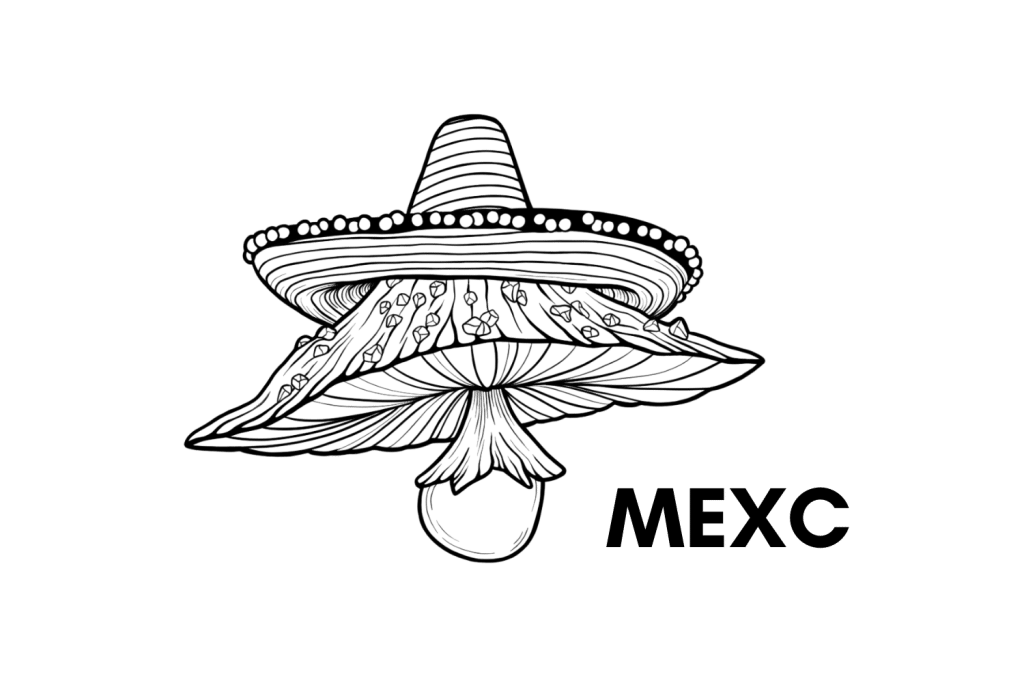
1. The Mexicube Strain
The Mexicube strain is famous for producing dense clusters of small to medium-sized fruits. The mushrooms have unique white-spotted caps with golden-colored, thick stems.
This strain was first collected from somewhere around the Oaxaca region of Mexico. The mushrooms have average potency — producing total tryptamine levels of 0.50% to 0.90%.
This is both an easy strain for the beginner cultivator and an interesting set of genetics for the more experienced mycologist or cultivator.
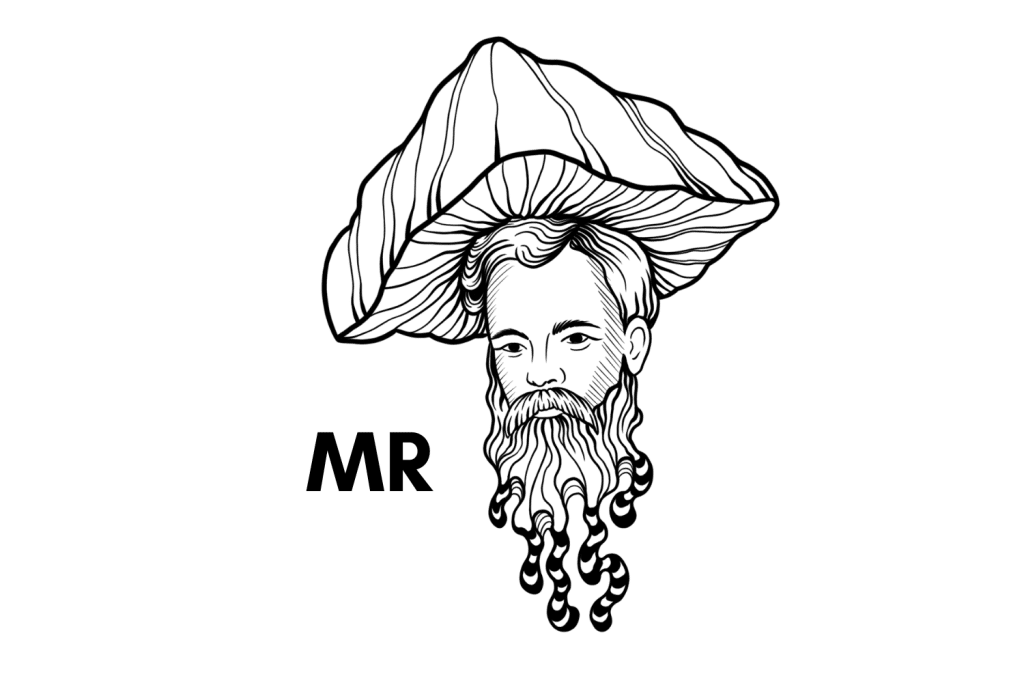
2. The Matias Romero Strain
The Matias Romero strain gets its name from its place of origin — the village of Matias Romero in the Oaxaca region of southern Mexico.
This strain is noted for having thick watery stems and caps that are large when fresh but shrink significantly after drying. Matias Romero mushrooms require higher humidity levels during fruiting — the mushrooms absorb a lot of water. If the fruiting environment is left to get too dry, aborts are common, which increases the chance of contamination and a failed grow.
This is considered an intermediate strain and is best avoided by complete beginners. It has average potency — producing total tryptamine levels in the 0.50% to 0.90% region — and is capable of producing dense clusters of fruits over several healthy flushes if an optimum environment is created.
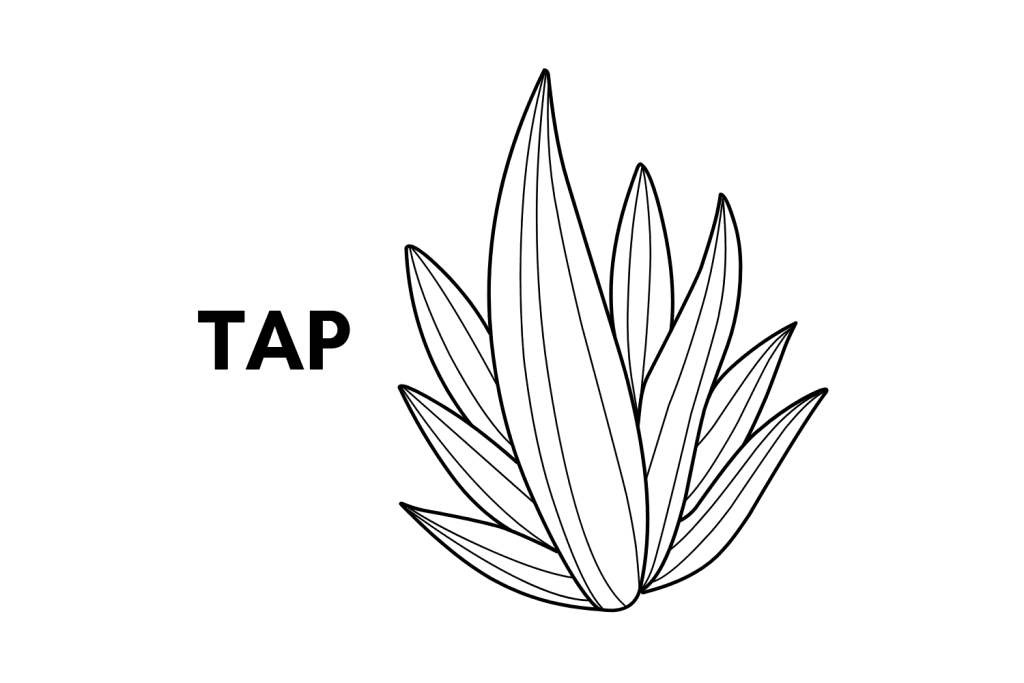
3. The Tapalpa Strain
The Tapalpa strain was discovered near the town of Tapalpa in the Jalisco region of Mexico. This strain has been around for decades and is legendary among the mushroom community. It’s a fast grower, with many people reporting their first harvest in as little as two weeks after inoculation.
With above-average potency (0.90 to 1.80% total tryptamines), easy cultivation, and the potential to produce large harvests over several healthy flushes, the Tapalpa strain has almost everything going for it.
Whether you’re a complete beginner or an experienced cultivator, you’ll love this Mexican P.cubensis strain.
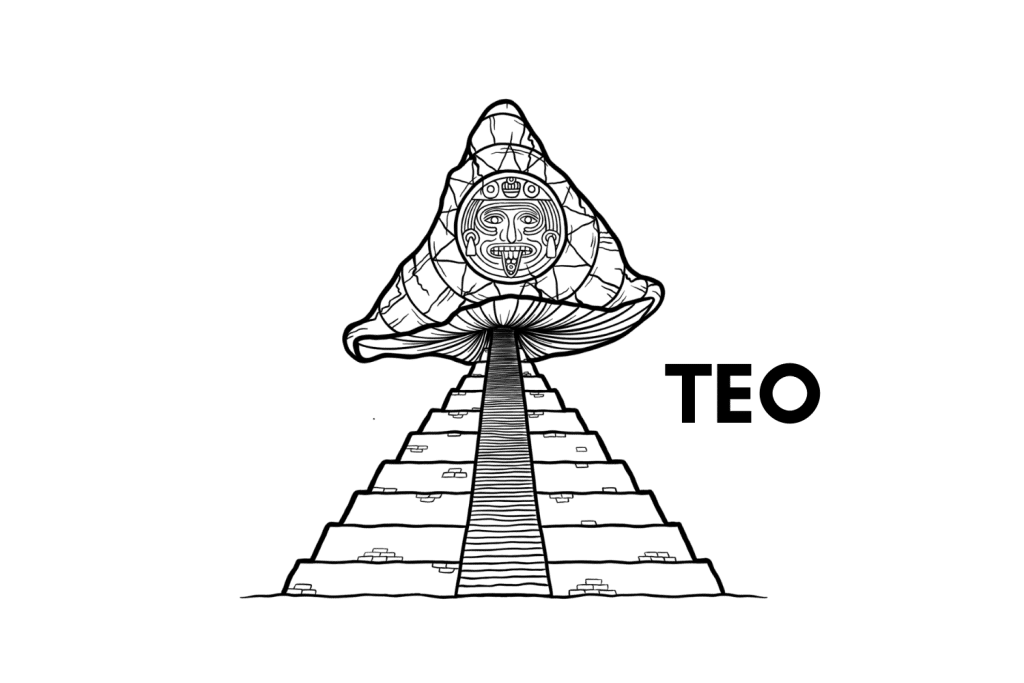
4. The Teonanacatl Strain
The Teonanacatl strain is named after the Aztec word that translates roughly to “divine mushroom” or “Flesh of the Gods.” This is an ancient strain that was originally collected from Mexico, but it has been stabilized and developed further by several mycologists over the years.
This strain has above-average potency — producing total tryptamine levels in the region of 0.90 to 1.80%. It’s contamination resistant and can cope with temperature fluctuations, making it relatively easy to grow.
Great for beginners and experienced growers alike, the Teonanacatl strain should definitely be on your list of future genetics to cultivate.
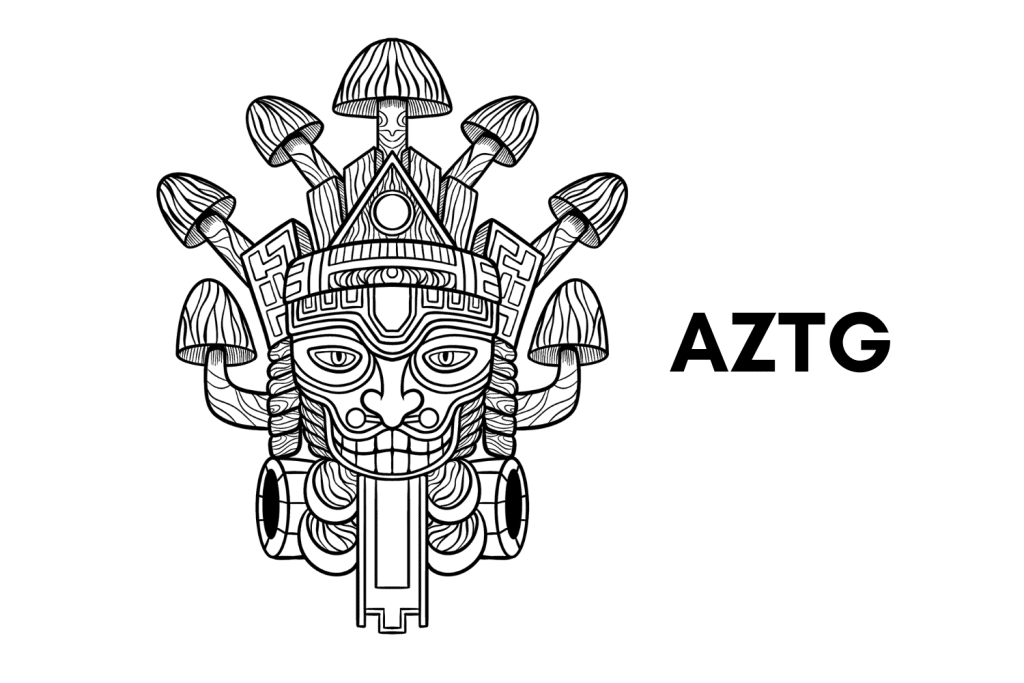
5. The Aztec God Strain
The Aztec God strain is an ancient strain of Psilocybe cubensis that was discovered in Central America and southern Mexico. The exact origin of the strain is unclear, but this variant seems prominent over a wide area.
We can’t say that the Aztecs consumed this exact strain, but we’re pretty certain that the ancient civilization used Psilocybe cubensis mushrooms in religious ceremonies and sacrifices over 900 years ago.
Aztec God shrooms have average potency — producing between 0.50% and 0.90% total tryptamines. It’s a little harder to cultivate than some other Mexican cubensis strains, but the cultivator with a bit of experience shouldn’t struggle.
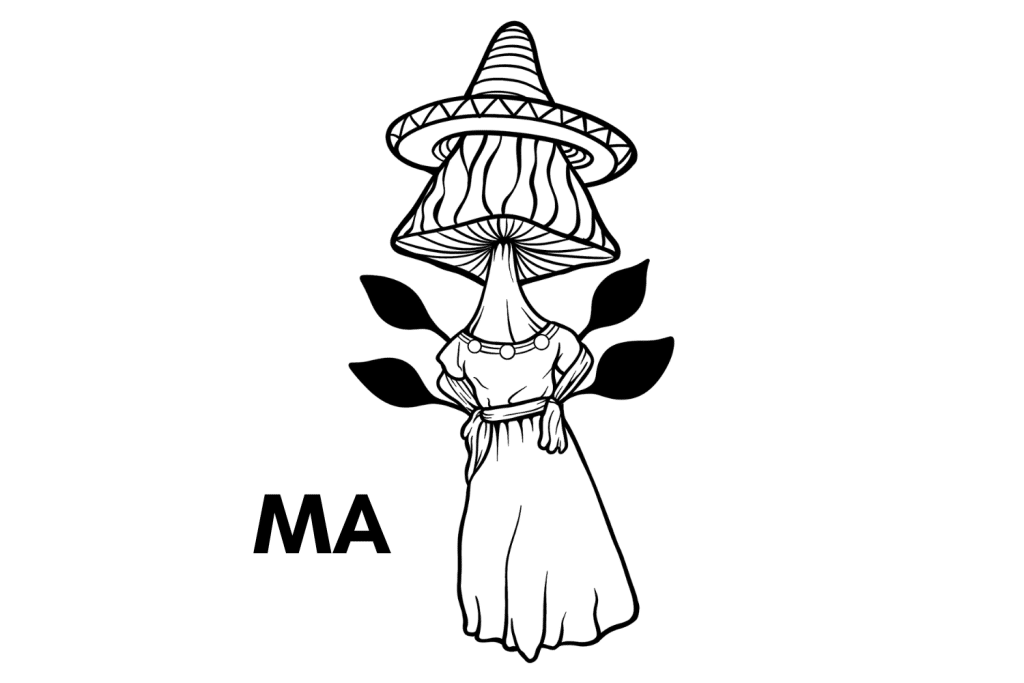
6. The Mexican Albino Strain
The Mexican Albino strain is a rare variant of a pigmented Mexican strain. However, we’re not 100% on which strain it originates from.
It’s believed that the strain was collected by John Allen in Mexico, and the strain isn’t a true albino at all.
This Mexican Albino strain was sold briefly by Ralphsters Spores back in the early 2000s, but it has since disappeared. The mushrooms produced pigmentation with white rings around the caps. The strain was apparently more inclined to produce albino mutations (one or two albino fruits per flush).
Not much is known about the strain’s potency, but it’s meant to be easy to cultivate — if you can manage to find spore samples.
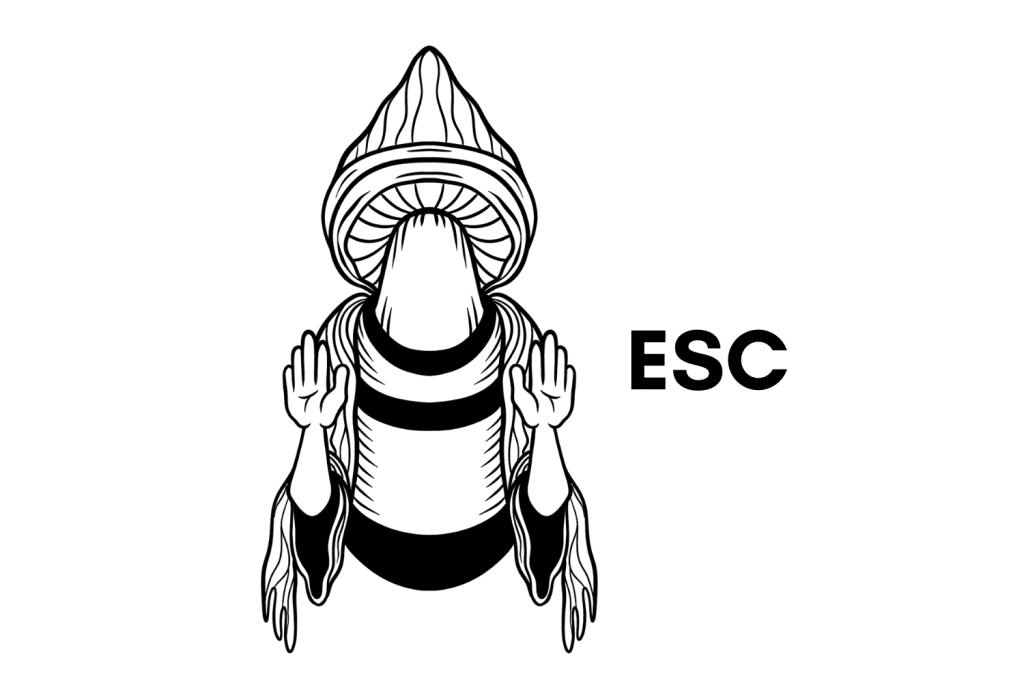
7. The Escondido Strain
The Escondido strain is another Mexican strain of Psilocybe cubensis that was first collected from the Puerto Escondido area of southern Mexico. This strain is noted for its contamination and temperature resistance and producing prolific flushes.
The Escondido strain is pretty average in terms of potency, and one sample entered into the Fall 2022 Psilocybin Cup produced a meager 0.11% psilocybin. However, if grown correctly, we estimate that the strain is capable of producing total tryptamine levels higher than 0.50%.
This is an easy Mexican strain for the beginner cultivator, and its lower potency makes it ideal for newbies to mushroom consumption and those looking for a good strain to microdose.
Frequently Asked Questions
1. How Many Mexican Strains of Psilocybe cubensis Exist?
There are hundreds of different strains of Psilocybe cubensis, many of which originated in Mexico. It’s hard to put an exact number on how many variants exist, but we know of at least 150.
There are around 25 different strains that were discovered in Mexico. There are likely dozens more that are yet to be discovered, and we’ll likely see many more developed as the laws surrounding psilocybin improve.
2. What’s the Most Potent Mexican Strain of Psilocybe cubensis?
The most potent strain of Psilocybe cubensis from Mexico is believed to be a strain by the name of “Guadalajara” — named after the popular city in western Mexico. This strain produces some pretty intense effects, and it’s believed to produce psilocybin levels of over 1.00%. However, there’s a lack of tryptamine data to back this up.
Most Mexican Psilocybe cubensis varieties are of average to above-average potency — producing total tryptamine levels anywhere between 0.50% and 1.80%.
Although Guadalajara is considered “the most potent Mexican cube,” many other Mexican strains likely produce similar psilocybin and psilocin levels when grown in an optimum environment.
3. What Other Species of Psychedelic Mushrooms Grow in Mexico?
It’s not just Psilocybe cubensis that can be found in Mexico. There are several other species of psychedelic psilocybin-producing fungi in the country.
Related: List of Psilocybin Mushroom Species (And Other Psychoactive Fungi)
The most famous and common, after Psilocybe cubensis, is Psilocybe mexicana. This species was used alongside P.cubensis and P.caerulescens by the legendary curandera Maria Sabina. Maria used Psilocybe mexicana mushrooms in her “mushroom” ceremonies to heal certain mental and physical ailments.
Psilocybe mexicana was brought back to the West by the famous mycologist and ethnobotanical explorer Robert Gordan Wasson in the 1950s. R. Gordan Wasson tripped on these mushrooms with Maria Sabina and wrote about his experience in LIFE Magazine. This led to hundreds of people — including celebrities such as John Lennon and Mick Jagger — turning up to see Maria to experience the effects of psilocybin.
Along with Psilocybe cubensis and Psilocybe mexicana, there are several other species of psychedelic fungi present in the country. Here are some of the most common psilocybin-producing mushroom species in Mexico:
- Psilocybe caerulescens
- Psilocybe aztecorum
- Psilocybe tampanensis
- Psilocybe zapotecorum
- Psilocybe ovoideocystidiata
- Psilocybe allenii
- Psilocybe azurescens
- Psilocybe cyanescens
4. How Long Have Psychedelic Mushrooms Been Used in Mexico?
Mexico has a rich history of psychedelic use. The use of psilocybin-containing mushrooms can be traced back as far as the times of the Aztec and Mayan civilizations.
Psychedelic mushrooms were being used for ceremonial purposes as far back as the 14th century. However, they may have been used far earlier than this.
Stone mushroom statues dating back to 3000 BC have been found in Mesoamerica — this shows the spiritual importance of mushrooms and could indicate that psilocybin-containing mushrooms were being used over 5000 years ago.
Archaeological evidence of the use of the peyote cactus also proves that psychedelic substances were used in the area over 5000 years ago, so it’s not so far-fetched to assume the psychedelic mushrooms of the region were as well.


